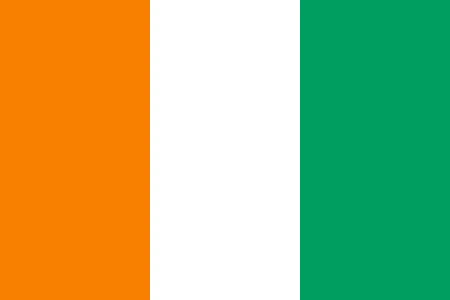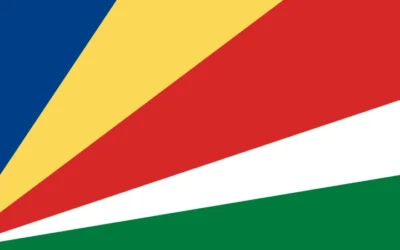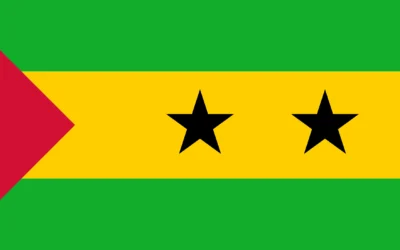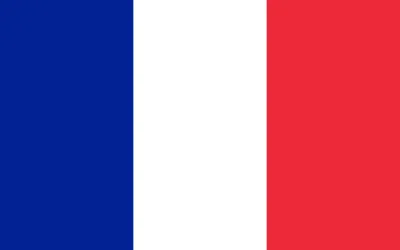Ivory Coast Travel Guide
Discover Why You Should Visit Ivory Coast
Why Visit Ivory Coast?
Ivory Coast, or Côte d’Ivoire, is a vibrant West African destination known for its rich cultural diversity, tropical beaches, bustling cities, and colorful festivals. It offers a compelling blend of urban sophistication and traditional heritage.
Whether you’re exploring the modern skyline of Abidjan, relaxing on palm-lined beaches, or experiencing traditional village life, Ivory Coast is a destination that surprises and delights.
Ideal for: Cultural travelers, beach lovers, history enthusiasts, and music fans.
Must-Know Facts
Capital/Major City: Yamoussoukro (capital), Abidjan (economic hub)
Language(s): French (official), Dioula and other local languages
Currency: West African CFA Franc (XOF)
Best Time to Visit: November to April (dry season with less humidity)
Fun Fact: The Basilica of Our Lady of Peace in Yamoussoukro is one of the largest churches in the world.
Top Things to Do
Explore the modern city of Abidjan with its skyline, art galleries, and cuisine
Visit the UNESCO-listed historic town of Grand-Bassam
Relax on the beaches of Assinie and San Pedro
Attend traditional festivals like the Fête des Masques in Man
Experience the beauty of Taï National Park and its primates
Local Culture & Lifestyle
Ivory Coast is known for its ethnic diversity, with over 60 ethnic groups each having unique traditions, music, and dances.
The country is famous for coupé-décalé and zouglou music genres that dominate nightclubs and festivals.
Daily life blends tradition and modernity, particularly in cities where fashion and art scenes are thriving.
Food & Drink Highlights
Street Food: Alloco (fried plantains), garba (attiéké with tuna), grilled chicken
Restaurants: Bushman Café, Le Toit d’Abidjan, Norima
Drinks: Palm wine, Bangui, local beers like Flag and Castel
Desserts: Bananes flambées, coconut treats, sweet rice cakes
Main Dish & Culinary Symbols
Signature Dish: Attiéké with grilled fish or meat, served with spicy sauce and vegetables
Common Ingredients: Cassava, plantains, rice, peanuts, fish, tomatoes
Culinary Culture: Meals often center around shared dishes and stews, served with starches like attiéké or foutou
Symbols & Icons of the Area
Natural Icons: Lagoon systems, rainforest parks, sandy coastlines
Cultural Icons: Wooden masks, woven textiles, traditional dances, colonial architecture
Hidden Gems & Off-the-Beaten-Path
The mountain town of Man, known for its waterfalls and hiking trails
Comoe National Park, one of the largest protected areas in West Africa
The village of Tiagba with traditional stilt houses along a lagoon
Shopping & Souvenirs
What to Buy: Carved masks, batik fabrics, bronze statues, jewelry, woven baskets
Where to Shop: Cocody Craft Market, Treichville Market in Abidjan, Grand-Bassam artisan stalls
Getting Around
Public Transport: Taxis and minibuses are common in urban areas
Car Rentals: Useful for longer distances or off-the-beaten-path travel
Tip: Local guides can enhance rural travel with insight into customs and languages
Walkability: High in city centers and historic towns like Grand-Bassam
Travel Tips
French is essential for communication, especially outside major cities
Vaccinations and malaria prophylaxis are strongly recommended
Be mindful of local customs when visiting villages or religious sites
ATMs are common in cities, but cash is preferred in rural areas
Where to Stay
Budget: Hôtel Djigui (Abidjan), local auberges in smaller towns
Mid-range: Hôtel Ivoire, Grand Hôtel d’Abidjan
Luxury: Sofitel Abidjan Hôtel Ivoire, La Maison d’Akoula (Assinie)
Unique: Lagoon-view villas, beach bungalows, or colonial-style guesthouses
Sample 4-Day Itinerary
Day 1: Arrive in Abidjan, explore Plateau district, visit galleries and dine in Cocody
Day 2: Day trip to Grand-Bassam for colonial history, artisan shopping, and beach relaxation
Day 3: Travel inland to Yamoussoukro, visit the Basilica and Presidential Palace
Day 4: Return to Abidjan or detour to Assinie for a beach retreat






0 Comments